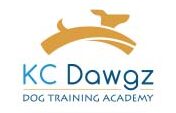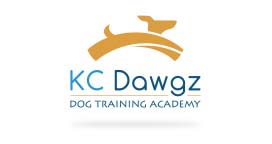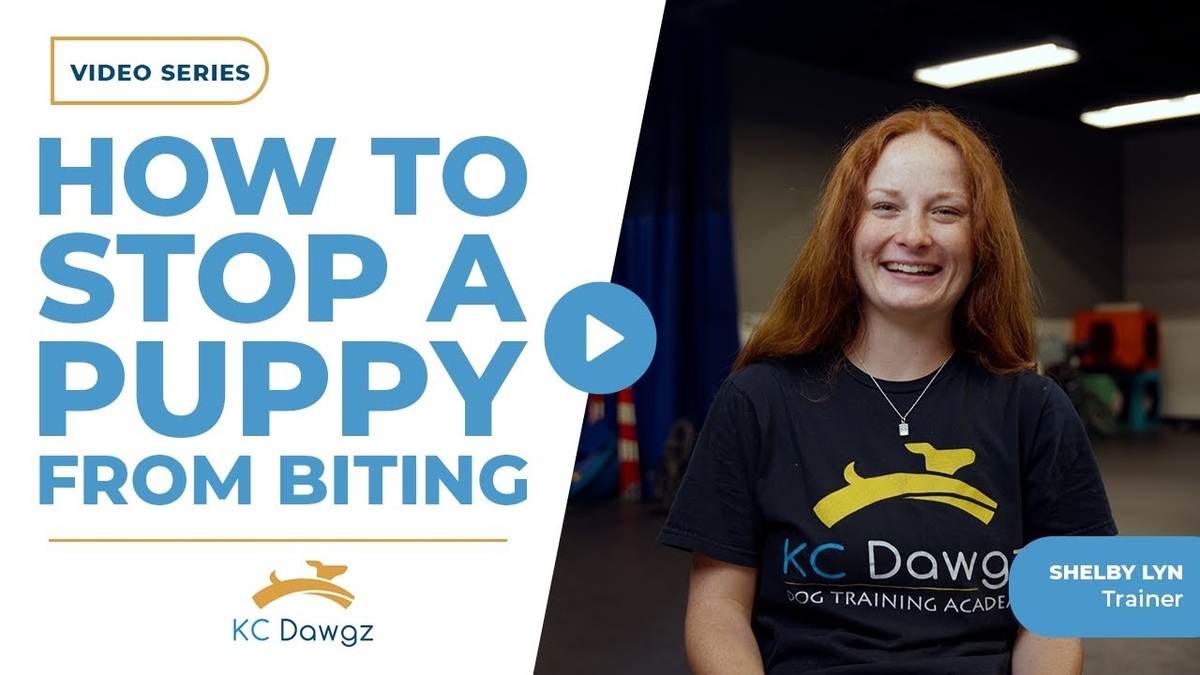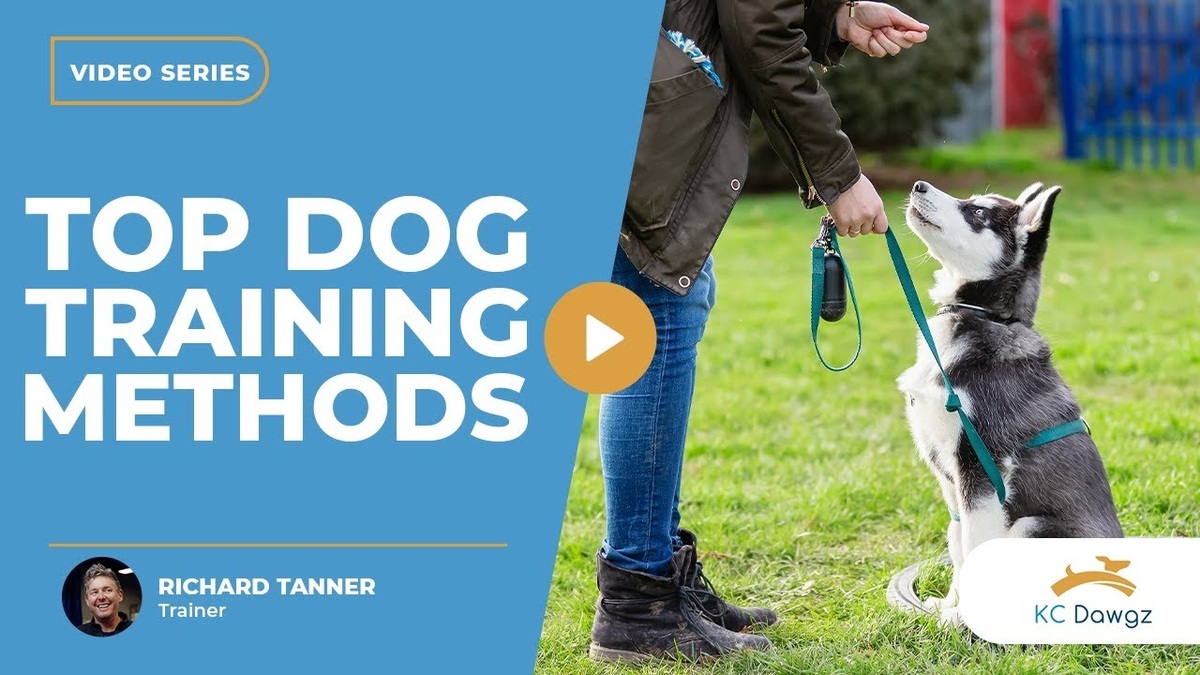Leash pulling, constant barking, and sudden aggression can be hard to handle by yourself. A training school for dogs gives you a clear plan and hands-on support to work through these problems.
A good trainer will watch your dog, figure out what’s really going on, and use methods that get results. It’s about clearer communication, steady habits, and a dog you can trust to behave in all kinds of situations.
Benefits of Professional Dog Training
A professional trainer brings skills and solutions you can’t always get from books or videos. Dog training is problem-solving. The trainer’s job is to figure out the best way your dog learns and apply the right method for that situation.
Many dogs come to training with one or more of these issues:
- Fear or anxiety in new places
- Reactivity toward people or other dogs
- Aggression or resource guarding
- Excessive barking or jumping
- Poor leash manners
Some dogs show improvement in just a few weeks. Others take months before the changes really stick. Age, the type of problem, and how often you work with your dog all play a big part.
Pro Tip: Keep training short. A few minutes here and there work better than one long session. Your dog will pay attention longer and enjoy it more.
How to Choose the Right Training School
The trainer’s ability to explain what they are doing and why is one of the most important things to look for. You want a trainer who makes you part of the process, not just someone who works with your dog and hands them back.
Here are the signs of a good trainer:
- Clear communication about methods and goals
- Willingness to answer questions
- Focus on safe, humane techniques
- A structured training plan tailored to your dog
Key Takeaway: A good training school doesn’t just work with your dog. They show you exactly how to handle them so the progress lasts.
Need help getting started? Call KC Dawgz for a free consultation. We’ll walk you through our process and show you how we can help you and your dog succeed.
Why Consistency Matters Most
A trainer can help you get started, but your dog won’t improve unless you keep working with them at home. Dogs remember what they do most, so you’ve got to keep the rules the same. If you change the words you use or let things slide, they’ll get confused and go right back to old habits.
- Say the same command every time.
- Give a treat or praise right away when they do it right.
- Work with them a little bit each day.
- Make sure everyone in the family does it the same way.
Are Training Schools Worth the Cost?
Training can make a big difference. At first, you might just see small changes, like your dog pulling less on walks or paying more attention when you call. Over time, those small wins add up. Your dog listens better, behaves well, and is easier to take anywhere.
It is also easier to fix problems now than later. The cost will depend on the class type, the trainer, and how long the training lasts. Group classes cost less, but private lessons give more one-on-one help. No matter which you choose, you are putting time and effort into a better bond with your dog.
Final Thoughts
Training schools for dogs work best when you and the trainer both put in the effort. You give the care and time. The trainer gives the tools and the plan.
When you work together, your dog can be calmer, more confident, and better behaved. If you want to start, call KC Dawgz. We can guide you and your dog from the first step to the last.




